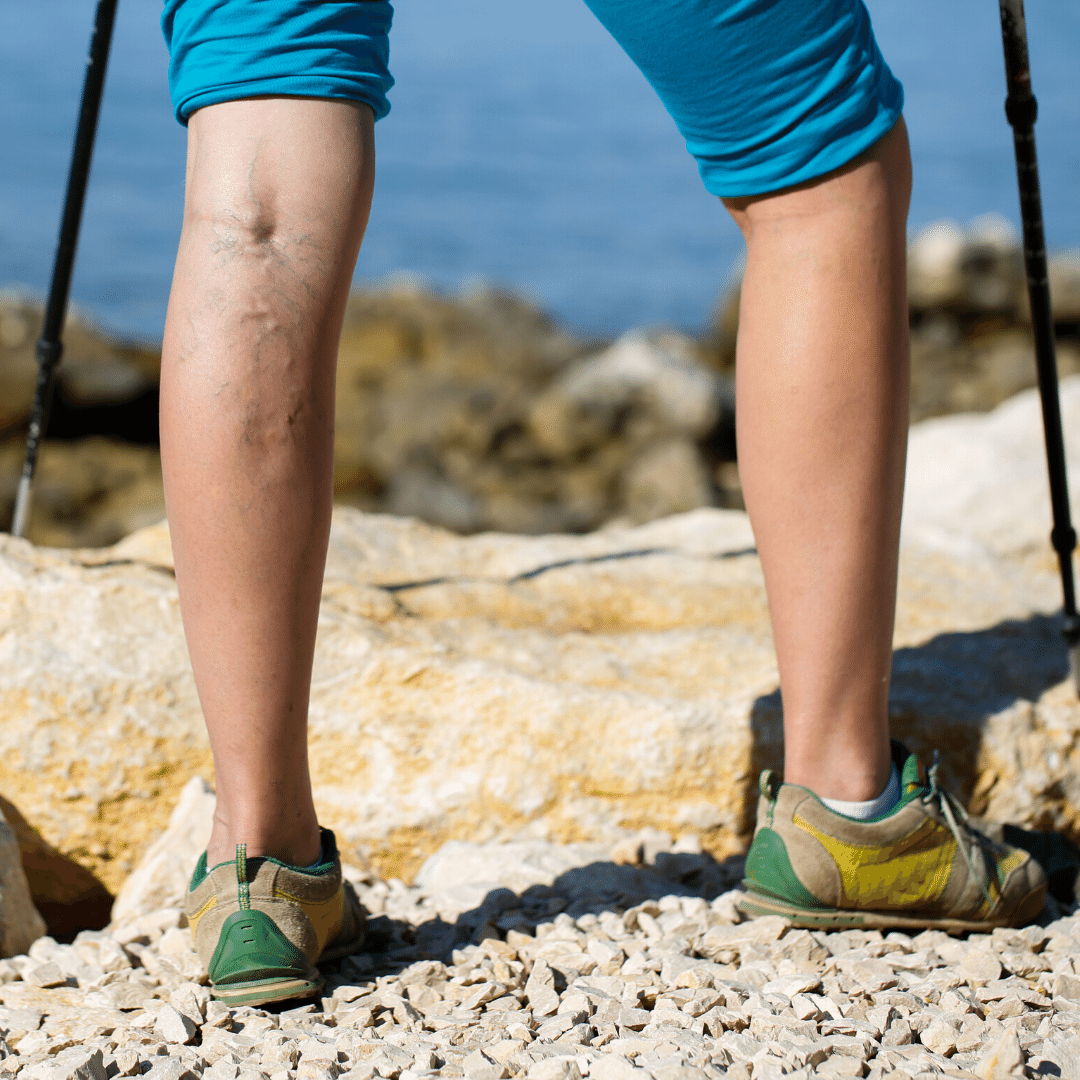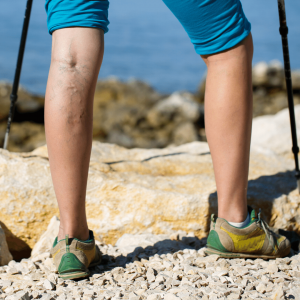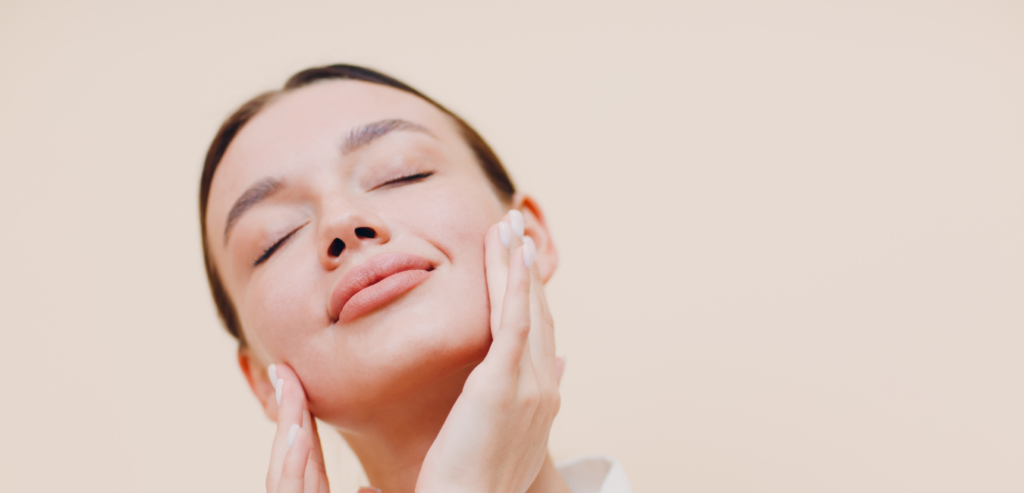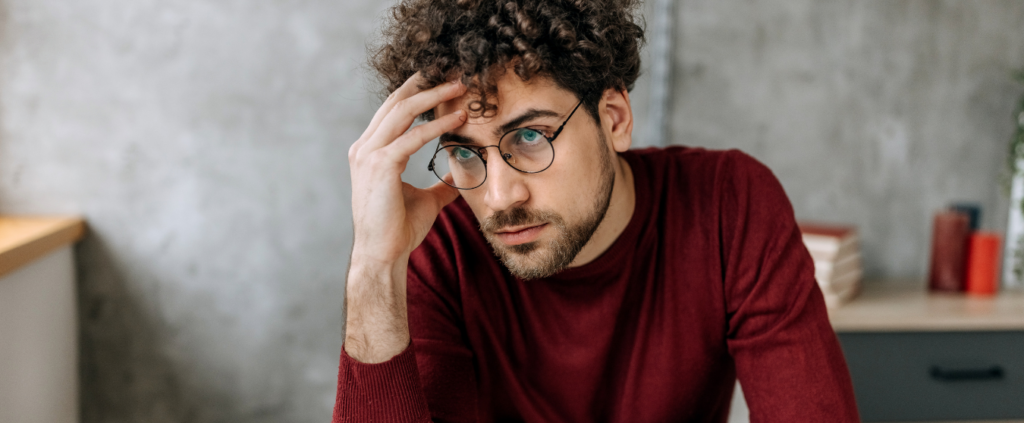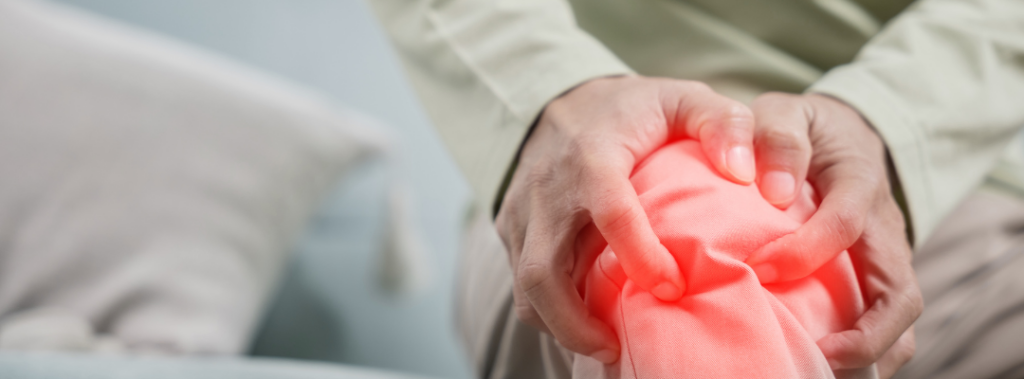Varicose Veins Harley Street
25 Harley Street is London’s leading specialist centre for varicose, spider and thread vein treatment. Using decades of collective experience, our renowned consultant team employs only the latest cutting edge techniques and technology to provide an unparalleled patient experience with minimally invasive treatments. Vein treatment is both a medical and aesthetic field, bringing with it a need for a careful and guided approach to care.
Why do I have varicose, spider or thread veins?
Your veins make up the venous system, which allows blood to return to the heart once it has been pumped around the body. A number of valves in these veins prevent the blood from flowing in the wrong direction, and these are the key suspects in venous disorders.
As these valves weaken or become ineffective, blood can flow backwards as they fail to fully close. This results in veins becoming dilated and other symptoms such as itching, pain, swelling and ulceration can become apparent. Weak veins are unable to recover by themselves and therefore prompt diagnosis and treatment is highly recommended.
What are varicose veins?
These are perhaps the most well known of vein conditions. Varicose veins are noticeably twisted veins that can often be larger and discoloured in comparison to normal veins. The larger veins can press against the skin causing them to appear more pronounced.
Varicose veins are commonly seen on the legs, concentrated around the thighs, calves and ankle areas.
What are spider veins?
Spider veins, otherwise referred to as thread veins, have a much thinner appearance than varicose veins. They can spread out in a web like appearance just under the skin and are most commonly seen on the face and legs.
Why do I have varicose or spider veins?
Anyone can experience venous disease but it is a condition that becomes more common with age. Women seem to be twice as likely as men to develop visible veins as they age. There are a few other risk factors to consider when looking at potential causes:
- Sedentary lifestyle – It has been found that those who have reduced physical activity in their life are more at risk. This is due to your muscles being chronically relaxed and not helping pump blood through your venous system. Sitting or standing for more than 4 hours at a time puts increased pressure on your veins, causing them to dilate and become larger.
- Obesity – Although you do not have to be clinically obese to experience varicose veins, the more weight will increase pressure on your veins and in turn increase the risk of them becoming varicose.
- Family History – Studies have shown that having a parent or relative who also suffered with varicose veins makes it more likely you too will experience them at some point in your life.
- Hormonal Medicine – This includes both the pill and menopausal therapies. Some of these medications contain oestrogen which is known to promote weakening of venous valves. The more prolonged the use of medication the higher your chance of being affected.
- Previous medical history – Trauma to the legs or previous deep vein thrombosis (DVT, a blood clot in the legs) can result in long term damage to valves and lead to varicose veins.
- Pregnancy – The internal changes and increased weight that naturally come with pregnancy combine with the increased amount of blood in your body. This causes a general swelling of the veins but there is more congestion in areas of higher pressure, such as around your tummy, bum and thighs.
When to seek medical help
For many patients who have had minor veins concerns there may be no noticeable symptoms. This prevents some from seeking diagnosis and treatment, which is unfortunate as varicose and thread veins do not repair themselves with time. As it is a progressive condition, it is always prudent to seek a consultation at the earliest opportunity to prevent any further damage or symptoms occurring.
There are a few scenarios however that should prompt you to seek more urgent medical attention. First and foremost, any sign of pain is a clear message that a medical review is required. Any of the following should also prompt medical intervention:
- A tight, sore or hot calf when touched or squeezed. This could be a sign that you are developing a DVT (clot in your leg) and you should seek medical attention for treatment.
- A bleeding varicose vein – this indicates that the pressure is too great for the vein to stay intact.
- Skin changes such as a rash, ulceration or discolouration.
- Symptoms such as increased pain which stop or inhibit your usual day to day life.
Your Venous Health Review
Our consultants have decades of experience between them, successfully treating thousands of patients each with specific needs. One of our consultants will assess your symptoms through examination and listening to your concerns regarding symptoms and health to formulate the best treatment plan for you. For a more definite picture of any disease process certain diagnostic tests such as venous ultrasound or an X Ray called a Venogram may be ordered if the consultant believes there may be a clot present.
Cutting Edge Treatments
Once your veins have been fully assessed, your vascular consultant will use EVLA (Endovenous Vein Ablation) in conjunction with the latest US treatment, Clarivein to treat the veins. This new procedure adapts the already effective EVLA technique to produce a treatment that is faster, cheaper and noticeably less painful.
A thin plastic tube known as a catheter is introduced into your vein, guided by ultrasound and with anaesthetic to reduce discomfort. Clarivein is then utilised to allow dispersion of the treatment without the use of lasers or other heating methods. The treatment shrinks the vein, reducing the pressure that blood places on its structure, minimising the appearance on the skin. After the catheter has been removed, collagen in the vein wall continues to contract and reduce the size of the vein until it shuts off completely.
A repeat of the initial ultrasound allows your consultant to confirm that the vein is indeed fully closed. As a result of the large number and networked nature of veins, blood now flows through the rest of the system.
The procedure should be completed in under one hour, allowing you to return home on the same day.
For those with smaller, surface veins like those seen on the face in thread or spider veins, then the less invasive Sclerotherapy is the best option. Using a similar method, instead of a catheter a tiny needle is used to make micro injections of chemicals into the vein. Due to the small vein size, these chemicals quickly react with the vein wall, causing it to swell and shut off.
Post-Surgical Care
We provide excellent post-surgical care, ensuring that you are fully equipped to look after your skin and veins as they heal. An immediate reduction in the length of time spent continuously sitting or standing is a must in the days after the procedure and in the long term. When sitting, try to have your feet raised above the level of our heart to encourage the flow of blood away from your legs.
Depending on your condition and treatment, your consultant may ask you to wear compression stockings to help support the veins as they heal. The stockings increase pressure on your lower legs, ankles and feet much like exercise or a larger muscle mass would. Those with cardiac health concerns will be fully assessed before deciding which strength of compression stocking is most suitable for you.
Keep in mind that only your affected veins have been treated. This does not stop new varicose, spider or thread veins forming. Aside from continued use of compression stockings or support pantyhose, by following a more active lifestyle and maintaining a healthy weight you can help offset the effects of gravity, genetics and age and protect your venous health.
